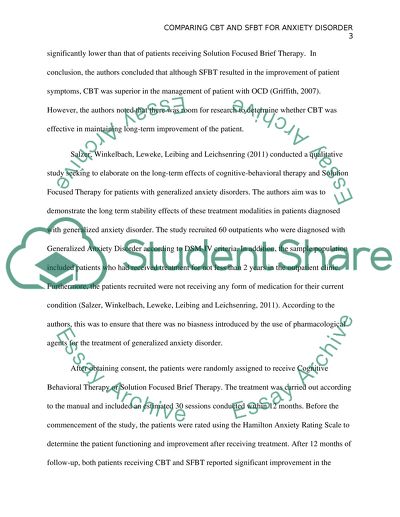Cite this document
(“Quantitative & Qualitative research sample size for Cognitive Behavior Paper”, n.d.)
Retrieved from https://studentshare.org/psychology/1469313-quantitative-qualitative-research-sample-size-for
Retrieved from https://studentshare.org/psychology/1469313-quantitative-qualitative-research-sample-size-for
(Quantitative & Qualitative Research Sample Size for Cognitive Behavior Paper)
https://studentshare.org/psychology/1469313-quantitative-qualitative-research-sample-size-for.
https://studentshare.org/psychology/1469313-quantitative-qualitative-research-sample-size-for.
“Quantitative & Qualitative Research Sample Size for Cognitive Behavior Paper”, n.d. https://studentshare.org/psychology/1469313-quantitative-qualitative-research-sample-size-for.


